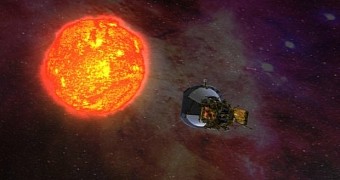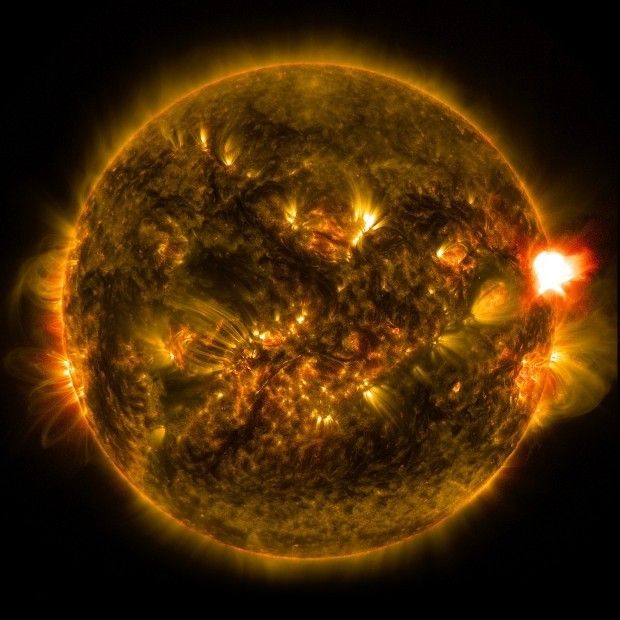Come 2018, NASA will launch yet another spacecraft. Mind you, this one won't be directed towards a nearby planet or some asteroid or comet rushing through the cosmos.
On the contrary, this probe that NASA plans to launch just 3 years from now will head straight for the heart of our Solar System. Yup, it will be sent to pay the Sun a close visit.
The mission is nothing if not ambitious
NASA's Solar Probe Plus mission aims to study solar winds and the behavior of energetic particles blasting off the surface of our parent star.
Thus, it is expected that whatever data NASA's Solar Probe Plus spacecraft will collect while exploring the upper part of the Sun's atmosphere will help reveal the mechanisms that drive solar winds and flows of energetic particles.
It is understood that the probe will carry a total of 4 instruments designed to allow it to study and map the Sun's magnetic fields, plasma, waves of energetic particles and local winds.
The spacecraft will be one tough cookie
When it makes its closest approaches to the Sun, the Solar Probe Plus spacecraft will find itself at a distance of just 3.8 million miles (approximately 6.1 million kilometers) from its surface.
What this means is that the probe will be exposed to temperatures as high as 2,500 degrees Fahrenheit (almost 1,400 degrees Celsius). Hopefully, its 4.5-inch-thick (about 11.5 centimeters) carbon-composite shield will keep it safe.
Interestingly, scientists say the spacecraft will get help from Venus in completing its mission. Thus, the probe will perform 7 flybys of this planet and use its gravity to move closer to the Sun.
NASA has plenty of work left to do
As mentioned, NASA hopes to launch the Solar Probe Plus spacecraft in 2018. Should all go as planned, the probe will leave Earth aboard a United Launch Alliance Delta 4-Heavy rocket that will blast off from the Cape Canaveral Air Force Station in Florida.
The thing is that, before the probe can be sent into space, it must first be built. So far, the mission has only completed its Critical Design Review, meaning that it has been reviewed and given the green light to proceed.
It is understood that the spacecraft will be built and operated by researchers at the Johns Hopkins University Applied Physics Laboratory, Laurel, Maryland. The scientists will soon get to work putting the probe together, so stay tuned for updates.

 14 DAY TRIAL //
14 DAY TRIAL // 

